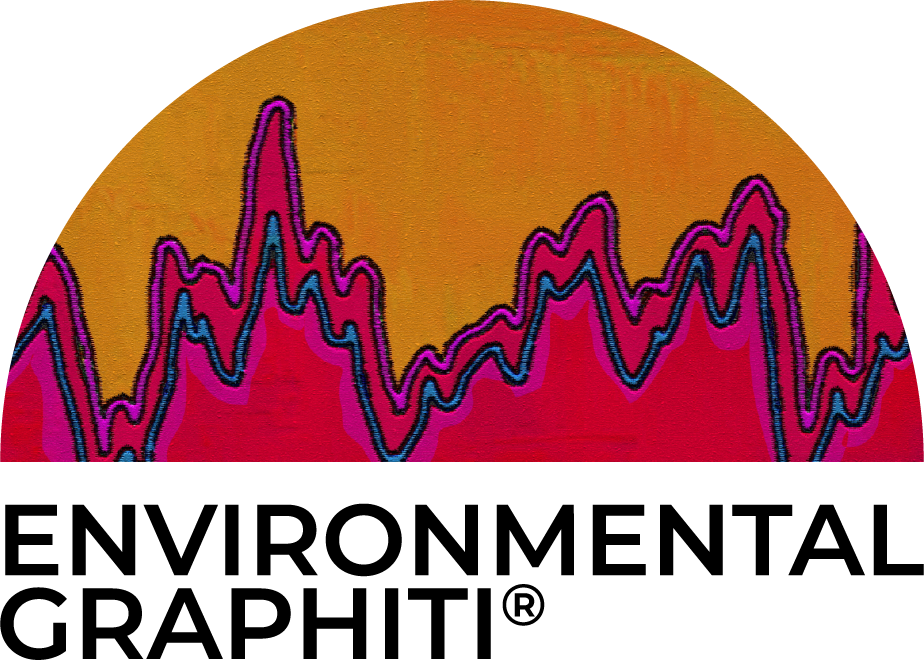Coral Reefs - Algae Increases as Coral Declines
The Art
The Science
According to the report – Status of Coral Reefs of the World: 2020 (Executive Summary) issued by the Global Coral Reef Monitoring Network and International Coral Reef Initiative:
“Coral reefs occur in more than 100 countries and territories and whilst they cover only 0.2% of the seafloor, they support at least 25% of marine species and underpin the safety, coastal protection, wellbeing, food and economic security of hundreds of millions of people. The value of goods and services provided by coral reefs is estimated at US$2.7 trillion per year, including US$36 billion in coral reef tourism. However, coral reefs are among the most vulnerable ecosystems on the planet to anthropogenic pressures, including global threats from climate change and ocean acidification, and local impacts from land-based pollution such as input of nutrients and sediments from agriculture, marine pollution, and overfishing and destructive fishing practices…”
“..Large scale coral bleaching events are the greatest disturbance to the world’s coral reefs. The 1998 event alone killed 8% of the world’s coral. Subsequent disturbance events, occurring between 2009 and 20118, killed 14% of the world’s coral.”..
“…Prior to 2011, the estimated global average cover of algae was low (~16%) and stable for 30 years (Fig.4). Since 2011, the amount of algae on the world’s coral reefs has increased by about 20%, mirroring the decrease in hard coral cover…A progressive transition from coral to algae dominance in a reef community reduces the complex three-dimensional habitat that is essential to support high biodiversity and provide valuable goods and services for reef-dependent human communities…”
